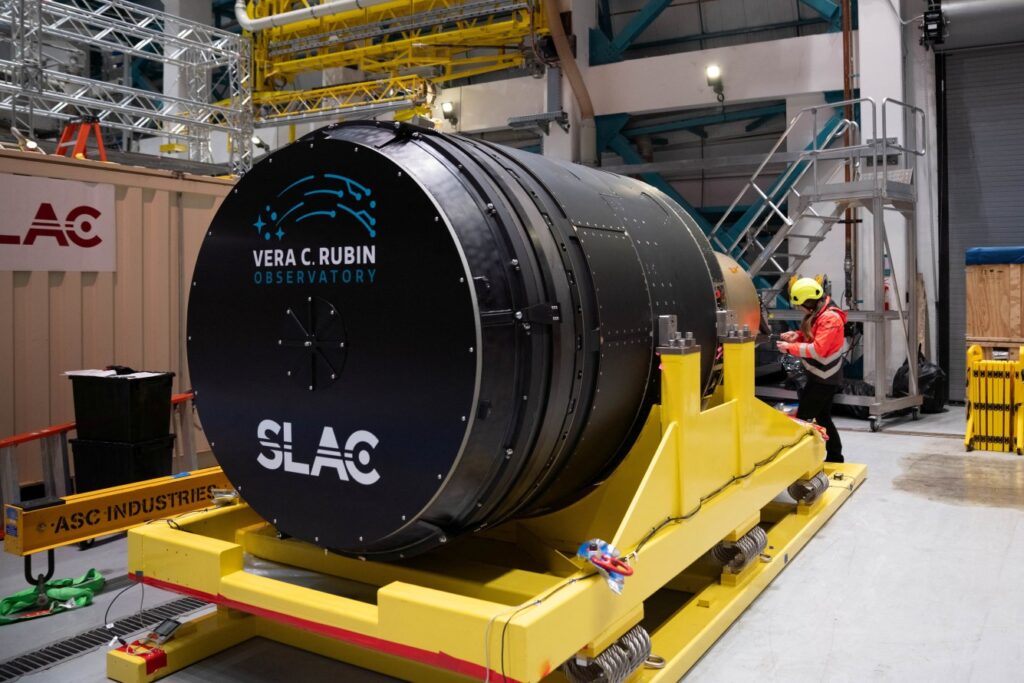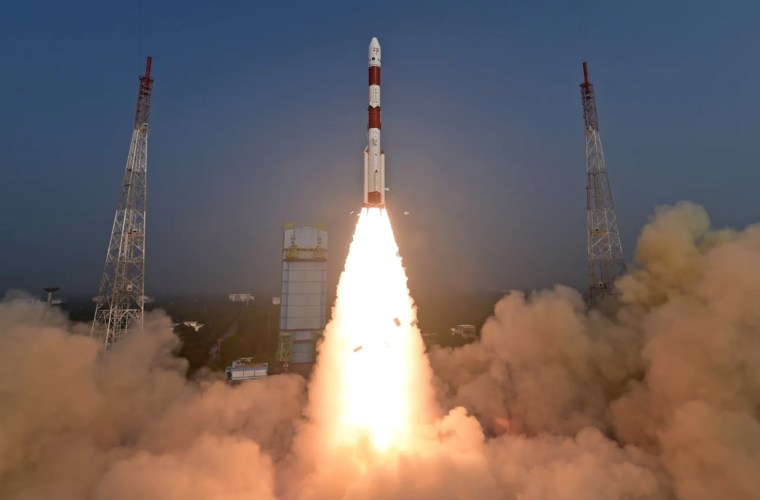Chile to install world’s largest astronomy camera on the edge of Atacama desert
By Reuters TV and Natalia Ramos
SANTIAGO (Reuters) – With a resolution above 3.2 gigapixels, a nearly three-ton weight and the ambitious task of carrying out an unprecedented decade-long exploration, the largest digital camera ever built for optical astronomy is ready to be installed under the clear skies of northern Chile.
The pieces required to assemble the Vera C. Rubin Observatory – which includes a ground-based telescope and the camera – traveled in several vehicles to the summit of Cerro Pachón in the Coquimbo region, on the edge of the Atacama desert, some 565 kilometers north of Santiago.
“Everything that we needed for operations [is] now on the summit and ready for checkout and hopefully for installation a little bit later this year,” said Stuartt Corder, chief science officer of the AURA association of universities and deputy director of the NOIRLab center, which will operate the observatory.
According to its website, the Rubin Observatory is a complex, integrated system consisting of an eight-meter wide-field ground-based telescope, the camera, and an automated data processing system.
It will generate approximately 20 terabytes of data per night and its ten-year exploration will produce a catalog database of 15 petabytes.
The goal of the exploration will be to understand the nature of dark energy and dark matter in the universe – of which only a small part is known – as well as studying the possibility of Earth colliding with asteroids, or stars and planets close to the sun.

“That’s a really inspiring moment where you can say – we’re starting. We’re standing here at the precipice, getting ready to start a campaign that in ten years, we hope will answer the questions of … when the universe was made and started into motion … and how will it continue to evolve in the future?”
The result might not depart from what we already know, but they will help refining our understanding of the universe, Corder said.
AURA is a consortium of 47 U.S. institutions and three international affiliates that operate astronomical observatories for the National Science Foundation and NASA. It is responsible for managing, among others, the NOIRLab center.
Chile hosts much of the world’s investment in astronomy thanks to the clear skies of its Atacama Desert, the driest desert on earth.


